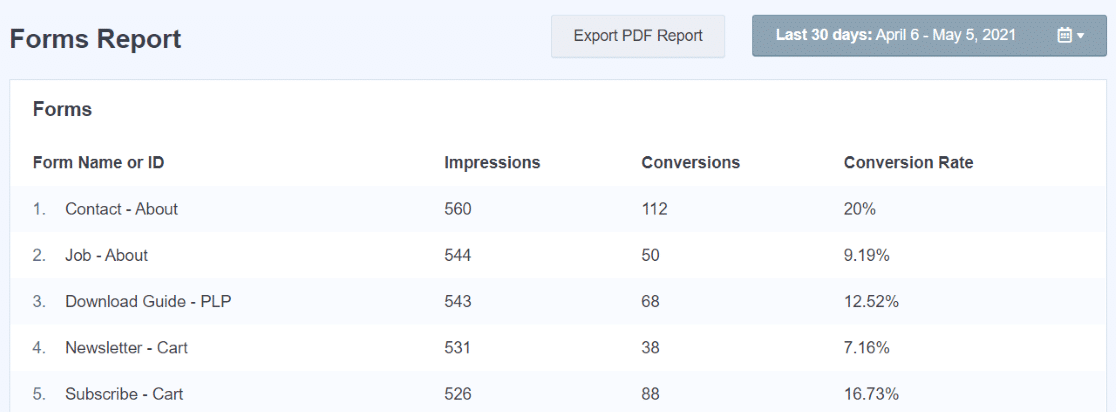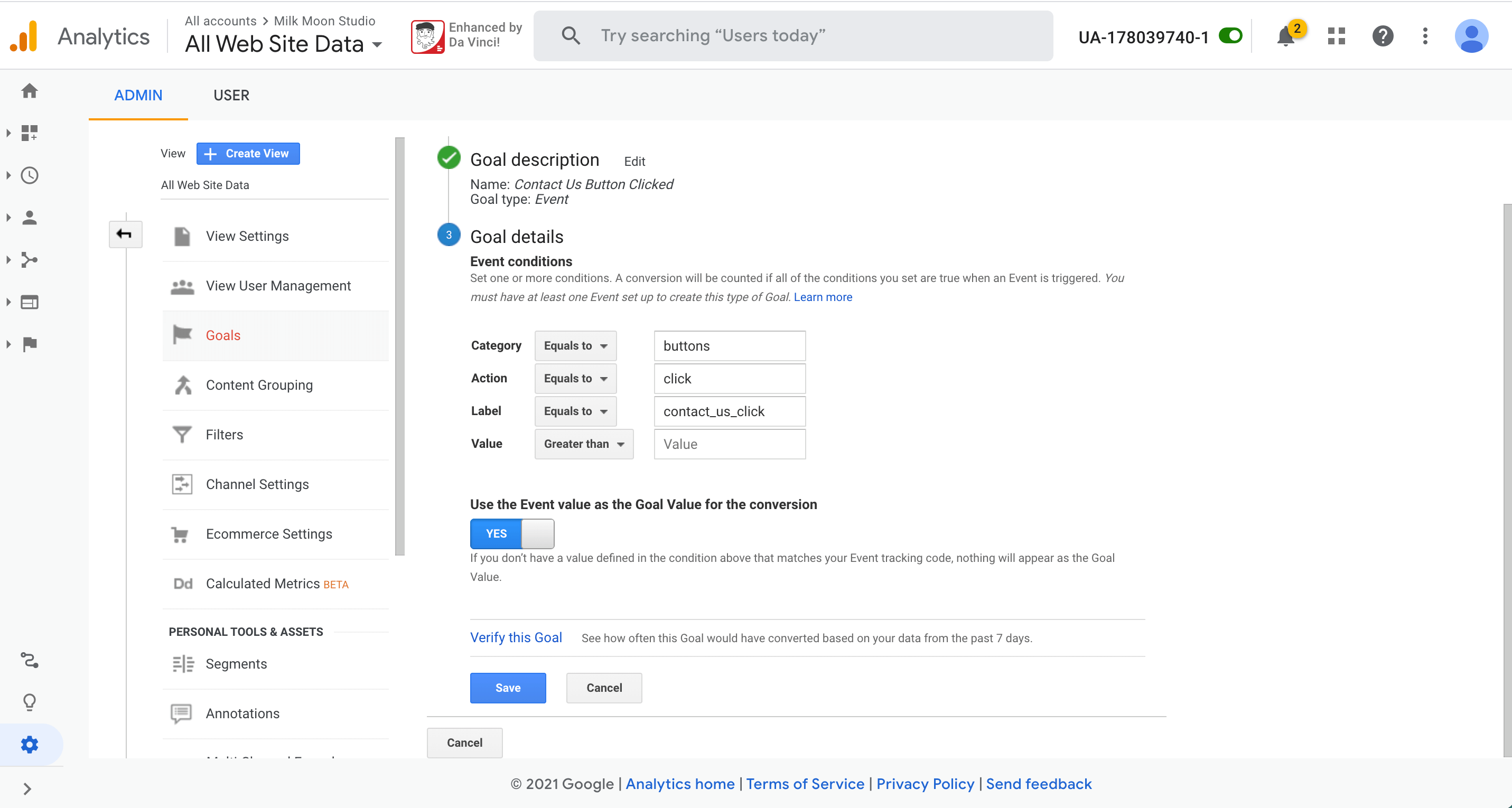What Data Is Google Analytics Goals Unable to Track and Why
What Data Is Google Analytics Goals Unable to Track and Why
Blog Article
Introducing the Blind Spots: Understanding What Google Analytics Goals Can not Measure
In the realm of digital analytics, Google Analytics stands as an effective tool for monitoring and examining online individual communications. However, amidst its robust capabilities, there exist dead spots that frequently evade dimension. Comprehending what Google Analytics objectives can not determine is crucial for getting a thorough view of individual habits and engagement. As we explore the ins and outs of these unseen areas, we uncover a complex web of uncharted regions that hold important understandings right into individual activities and motivations, challenging conventional wisdom and dropping light on the constraints of our data-driven understanding.
Individual Behavior on External Operatings Systems
Comprehending exactly how customers communicate on external platforms is important for maximizing on-line approaches. Exterior platforms, such as social media networks, recommendation websites, and online discussion forums, play a substantial function in driving website traffic to a firm's internet site. By examining customer behavior on these platforms, organizations can gain important insights into the efficiency of their advertising efforts and the choices of their target market.
One key aspect of customer behavior on external systems is the reference resource. By tracking where the individuals are coming from, businesses can determine which platforms are driving one of the most traffic to their site. This information can assist companies assign their sources better, concentrating on the platforms that yield the best results.

Offline Conversions and Interactions
Analyzing individual actions on external systems gives important understandings right into on the internet approaches; nonetheless, considering offline conversions and interactions is equally vital for a thorough understanding of a business's general performance. Offline conversions, such as in-store acquisitions or phone queries, play a considerable role in many companies' success.

Acknowledgment Beyond Last Click
When diving into the realm of electronic advertising and marketing analytics, it comes to be important to look beyond the solitary touchpoint of the last click for an extra thorough understanding of acknowledgment. While Google Analytics offers useful insights right into individual habits, counting solely on last-click acknowledgment can be restricting - what data is google analytics goals unable to track. Acknowledgment models that surpass the last click offer a more nuanced sight of the customer journey, taking right into account all the touchpoints that lead to a conversion
Attribution past the last click enables marketers to assign credit scores to various communications along the conversion course, offering a clearer image of the performance of different advertising networks. By checking out multi-touch attribution models such as direct, time decay, or try this site position-based attribution, services can better designate their advertising and marketing budgets and optimize their techniques for optimal impact.
Comprehending the influence of each touchpoint in the conversion procedure is important for making notified choices and taking full advantage of ROI. By accepting attribution beyond the last click, organizations can get much deeper insights into customer habits and customize their advertising and marketing initiatives more successfully.
Cross-Device and Cross-Browser Tracking

Likewise, cross-browser monitoring matches cross-device monitoring by capturing customer behavior as they switch between various internet browsers. Understanding just how customers communicate with websites on numerous browsers can aid marketing professionals optimize their on the internet experiences to ensure consistency and performance across different platforms.
Qualitative Information and Individual Intent
Comprehending customer intent via qualitative data evaluation is critical for establishing targeted digital advertising methods that reverberate with the demands and preferences of the target market. Qualitative data supplies understandings right into the 'why' behind user activities, shedding light on motivations, emotions, and choices that measurable information alone can not capture. By analyzing individual feedback, comments, and interactions, marketing experts can uncover valuable info concerning customer intent, allowing them to customize their messaging, web content, and offerings to site link better line up with what their target market is seeking.
Qualitative data also assists in recognizing the context in which individuals involve with a website or application. This contextual understanding enables online marketers to create more individualized and pertinent experiences, eventually driving greater interaction and conversion prices. By delving into customer intent through qualitative data analysis, companies can get a deeper understanding of their target market, bring about more reliable marketing strategies that meet users' demands and expectations.
Final Thought
Finally, Google Analytics objectives have limitations in gauging user behavior on exterior platforms, offline conversions, attribution past last click, cross-device and cross-browser monitoring, and qualitative information connected to user intent. what data is google analytics goals unable to track. It is very important for companies to be familiar with these dead spots in order to supplement their data evaluation with other devices and approaches to acquire an extra extensive understanding of their audience and boost their total electronic advertising and marketing approaches
By assessing individual habits on these systems, companies can get important understandings into the efficiency of their advertising and marketing initiatives and the choices of their target audience.
Analyzing individual behavior on external systems offers valuable insights right into online strategies; nonetheless, considering offline conversions and communications is just as imperative for an extensive understanding of a firm's general efficiency.In digital marketing analytics, moving past last-click acknowledgment to explore cross-device and cross-browser monitoring is crucial for obtaining a holistic understanding of user interactions throughout various platforms and devices. By assessing individual comments, comments, and interactions, marketing professionals can discover valuable information about individual intent, allowing them to tailor their messaging, material, and offerings to better align with what their target market is looking for.
By delving right into individual intent through qualitative information evaluation, organizations can obtain a much deeper understanding of their target audience, leading to more effective advertising methods that fulfill individuals' assumptions and demands.
Report this page